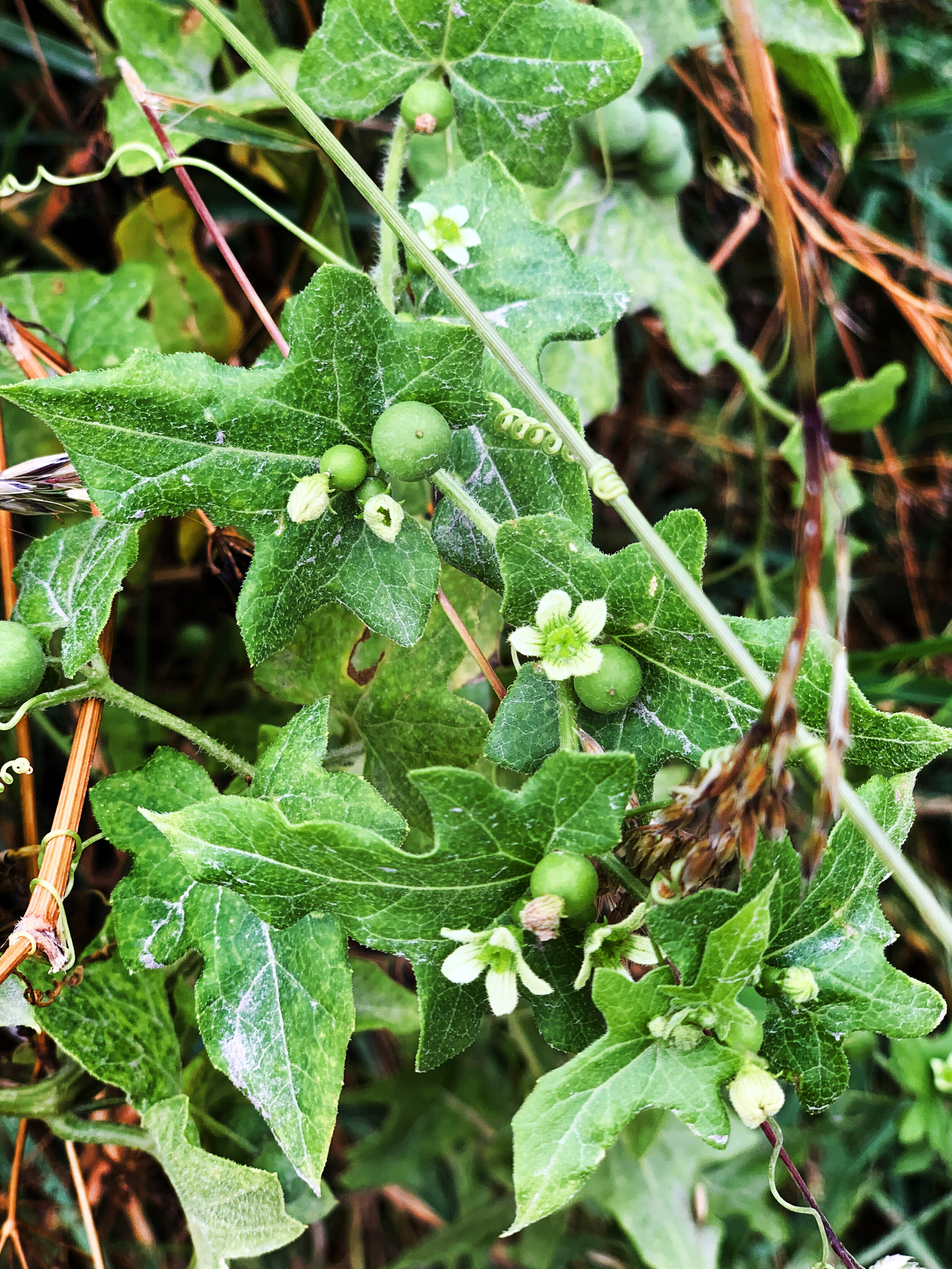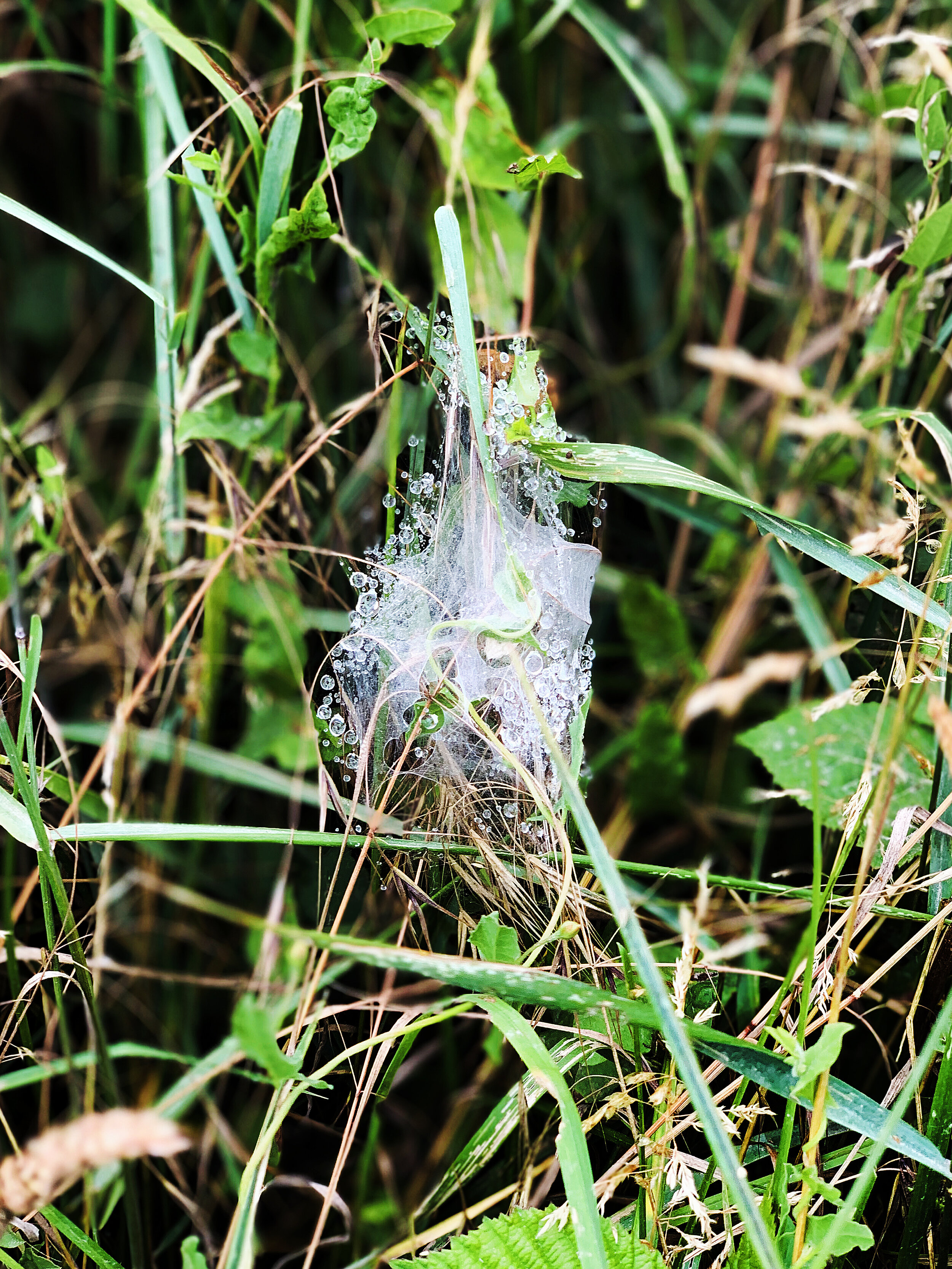Plant Diary + Dangerous Flowers
Hey everyone!
I wanted to do some plant photography to just practise some of my work in nature so I hope you guys like it haha! I love the little bee + some of the local wildflowers near my home in Mile Oak. I’ll do some hedgerow recipes soon!
I wanted to point you into the direction of a few of my favourite resources for the world around us, so check out this information I grabbed from the Woodland Trust here.
What is an insect?
Broadly speaking, invertebrates are animals without a backbone and include multi-legged, hard-bodied minibeasts, known as arthropods, as well as corals, slugs and snails, worms and soft-bodied sea creatures. Arthropods can then be separated into groups including crustaceans (such as crabs and woodlice), spiders and insects.
Happily, insects share a number of characteristics to help you separate them from the crowd:
Six legs
Three body sections (head, thorax and abdomen)
Pair of antennae
Exoskeleton
Compound eyes
Most have wings
Three or four stage life cycle (egg, larva or nymphs, pupa and adult)
Insects come in a number of groups, or 'orders', not all of which have representatives here in the UK. Let's explore nine of the more frequently encountered minibeast types and some of their more well-known members.
Coleoptera - beetles
Key features
biting or chewing mouthparts
hardened wing cases, with wings folded beneath
life cycle: egg -> larva -> pupa -> adult
Not to be confused with bugs (Hemiptera), some of which also have hardened wing cases
Spotlight species: 7-spot ladybird
active from early spring to autumn, hibernating through winter, sometimes indoors
widespread across the UK in gardens, woodland and grassland habitats feeding on aphids
when threatened, extrudes a nasty-tasting yellow substance from its leg joints to put off predators
Diptera - flies
Key features
one set of wings
sucking or piercing mouthparts
life cycle: egg -> larva (maggots) -> pupa -> adult
Not to be confused with sawflies which belong to the same order as bees and wasps (Hymenoptera)
Spotlight species: Daddy longlegs
long and ungainly legs and erratic flight pattern
emerge as adults from lawns and grassland in late summer and mostly active at night
contrary to popular belief, craneflies are not poisonous and cannot bite or sting
Hemiptera - bugs
Key features
piercing and sucking mouthparts
not always with wings
most feed on sap or nectar, but some suck blood
life cycle: egg -> nymphs -> adult
Not to be confused with beetles (Coleoptera) which fold wings beneath a hardened outer set
Spotlight species: Hawthorn shieldbug
speckled green and red wing cases with a distinctive green ‘shield’ shape in the centre
adults are most active in late summer
feed on the ripening berries of hawthorn, rowan and cotoneaster and often found in gardens
Lepidoptera - butterflies and moths
Key features
large, powdery wings (although some female moths go without)
long 'proboscis' or feeding tube
feed on nectar, juices or animal dung (although many adult moths do not feed at all)
life cycle: egg -> larva (caterpillar) -> pupa -> adult
Not to be confused with other large flying insects - some moths cleverly mimic hornets and wasps
Spotlight species: small white butterfly
faded black wing tips and one or two small spots
known as 'cabbage whites' after their favourite caterpillar food plants
Dermaptera - earwigs
Key features
rear-end pincers, used for defence or to capture prey but harmless to humans
flat, elongated bodies for working into crevices
chestnut brown colouring
life cycle: egg -> nymphs -> adult
Spotlight species: common earwig
most active at night, but can be found beneath decaying wood, in leaf litter or on flowering plants
pincers curved in males and almost straight in females
mothers care for their eggs and young
Orthoptera - grasshoppers and crickets
Key features
long, folded hind legs
create sounds by rubbing wings (crickets) or legs (grasshoppers) together
life cycle: egg -> nymphs -> adult
Crickets and grasshoppers are often confused, but crickets generally have antennae longer than their bodies
Spotlight species: meadow grasshopper
feeds on long grasses through the summer
males have longer wings than females
appears in a variety of colours, including green, brown and bright pink
Hymenoptera - bees, wasps and ants
Key features
two sets of wings, the front longer than the back
some species live in colonies
females of some species can sting
life cycle: egg -> larva -> adult
Not to be confused with some flies, such as hoverflies and bee-flies, which disguise themselves as stinging insects
Spotlight species: common carder bee
ginger-coloured bumblebee common in gardens
workers become active in spring, but only queens overwinter to form new colonies
builds nests in grassy tussocks
Odonata - dragonflies and damselflies
Key features
large eyes for hunting down prey
elongated bodies
two sets of long, translucent wings
Not to be confused with mayflies which are much shorter lived and are not voracious hunters
Spotlight species: common blue damselfly
active throughout spring and summer, usually near a source of water, but often seen in gardens
males are bright blue and black, females a paler grey
unlike dragonflies, damsels rest with wings alongside their bodies
Ephemeroptera - mayflies
Key features
three long, trailing tail filaments
mostly two sets of translucent wings, the front larger than the back
always found near water and famously short lived
Not to be confused with damselflies or dragonflies as mayflies don't feed as adults
Spotlight species: common mayfly
dark spots on the wings and triangular markings along the body
breeds in ponds and slow moving water in England
contrary to popular belief, this particular species of mayfly can appear at any time over the summer
Insects are incredibly important. They recycle decaying material. They pollinate plants. They feed a huge variety of birds, mammals and other animals. Without them we would be unable to grow food, and much of the other wildlife we treasure would be lost forever.
A single mature oak tree is home to as many as 350 species of insect alone, and mixed, native woodlands support even more. With healthy woodlands come abundant insects and thriving people and wildlife.







